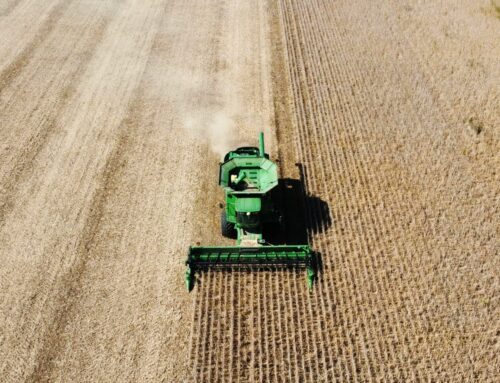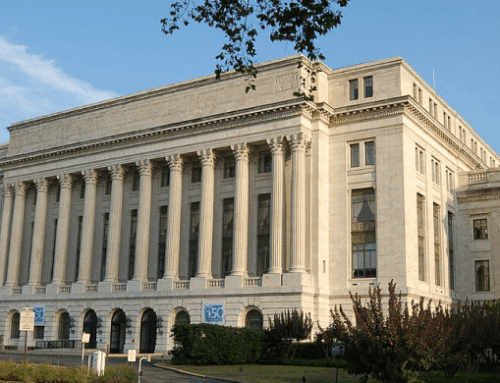| Crop Insurance Savings Proposed in President’s Budget Requests | Savings in FY2013 Request | Savings in FY2014 Request | Savings in FY2015 Request | Result of 2014 Farm Bill | Savings in FY2016 Request | Savings in FY2017 Request | Savings in FY2018 Request | Savings in FY2019 Request |
|---|---|---|---|---|---|---|---|---|
| Reduce taxpayer subsidy for private crop insurance company rate of return from 14% to industry average of 12% | $1.2 billion | $1.2 billion | $1.2 billion | Rejected | Abandoned | Included in 2015 Bipartisan Budget Agreement $3.038 billion. Reversed in the Transportation bill (FAST Act). -$3.038 billion | Not Included | $2.988 billion |
| Reduce crop insurance company subsidies for managing individual policies from $1.3 billion per year to $900 million | $2.9 billion | $2.8 billion | $2.9 billion | Rejected | Abandoned | Not included | Not Included | Not Included |
| Rescind the authority for funding a crop insurance pilot program for wild salmon | Not Proposed | Not Proposed | $10 million | Rejected | Abandoned | Not included | Not Included | Not Included |
| Decrease the subsidy on basic catastrophic crop insurance policies | $0.255 billion | $0.292 billion | Not Proposed | Rejected | Abandoned | Not included | Not Included | Not Included |
| Decrease by 3 percentage points the subsidy for buying highly subsidized crop insurance policies (was a 2% cut in FY2013 request) | $3.3 billion | $4.2 billion | $3.8 billion | Rejected | Abandoned | Not included | No across the board cut | Combined with HPO subsidy reduction |
| Decrease by 10 percentage points the subsidy for buying crop insurance for producers who elect greater price protection, called the Harvest Price Option (was 2% in FY14 and 4% in FY15. FY18 proposed full elimination of subsidy for HPO)* | Not Proposed | $3.2 billion | $6.3 billion | Rejected | $14.6 billion | $16.9 billion | $11.9 billion | Combined with across the board reduction |
| HPO subsidy reduction of 15% and across-the-board reduction (other than CAT) of 10% | Not Proposed | Not Proposed | Not Proposed | Not Proposed | Not Proposed | Not Proposed | Not Proposed | $22.371 billion |
| Tighten the rules regarding payments for prevented plantings | Not Proposed | Not Proposed | Not Proposed | Rejected | $1.4 billion | $1.1 billion | Not Included | Partially done administratively $TBD |
| Limit crop insurance premium subsidy to $40,000 | Not Proposed | Not Proposed | Not Proposed | n/a | Not Proposed | Not Proposed | $16.2 billion | Not Included |
| Limit crop insurance eligibility to $500,000 AGI | Not Proposed | Not Proposed | Not Proposed | 15% premium subsidy reduction for AGI over $750,000 rejected in conference committee | Not Proposed | Not Proposed | $0.420 billion | $0.724 billion |
| Total Proposed 10-Year Savings | $7.5 billion | $11.8 billion | $14.2 billion | $0 (Increased spending by $5.722 billion) | $15.999 billion | $18.013 billion | $28.56 billion | $26.083 billion |










